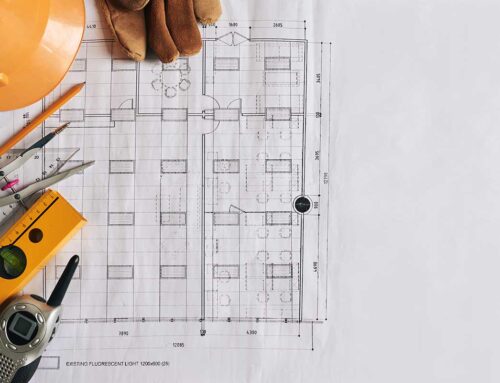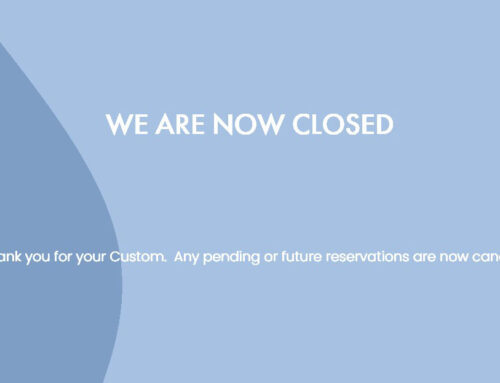Balance Sheet & Cash Flow test help you spot early signs of distress
If your business is beginning to find itself struggling to keep up with liabilities and essential costs, such as rent and utility bills, this is the first sign that your business may be in distress. There are two essential tests which can identify if your business is classes as insolvent. Continuing to trade when you know that your business is in financial difficulty can leave you open to an insolvency services investigation.
A solvent business is deemed to be solvent when it has enough assets to pay off all creditors within a period of 12 months including statutory interest and liquidation costs. An insolvent business is the reverse in that the business does not have enough funds to perform the same actions.
To check if your company may be insolvent there are two well established tests which you can do to help clarify your current position.
Balance Sheet Test for Insolvency
The balance sheet test for insolvency consists of calculating the value of assets against liabilities to ensure that the debts of the business do not outweigh the value of realisable assets. This includes items like petty cash, stock, equipment, machinery, vehicles, property, and bank funds and property, all of which contribute to the value of the business. Liabilities include all debts owed. These would include; suppliers, trade creditors, banking institutions, finance providers, and employees.
If the balance sheet of the business is favorable towards the assets over the liabilities, this is a sign of a healthy business, however, there are other mitigating factors which can influence this. If the debts of the business outweigh assets, your business may be insolvent.
Cash Flow Test for Insolvency
This is when a company cannot meet demands for payment as and when they are due. Your business might have enough assets to pay money owed, but does not have an appropriate form of payment
Cash flow is the lifeblood of any business. Without it you will be unable to pay for staff wages, stock, rent, advertising, legal & accounting fees etc. Your business would start to stagnate and unfortunately it becomes a viscous circle whereupon the less cash is available, the less you are able to do to maneuver to rectify the situation. Business debts can mount very quickly and if left unchecked can rapidly spiral out of control. If your business shows signs of poor cash flow, contact us and one of our licensed insolvency practitioners will guide you through the available options with regards to restructuring liabilities into affordable installments.
HMRC have also extended the Time to Pay arrangement scheme during the Covid-19 pandemic which allows you to make staggered payments if you are struggling to fulfill tax liabilities, such as PAYE, Corporation Tax and VAT.
If your business is insolvent and you continue trading, it could be seen as ‘wrongful trading’ which is a serious offence as you are deliberately choosing to worsen the position of your creditors. Due to the Covid-19 pandemic, the government enforced a moratorium (a break) on wrongful trading provisions which is due to end on 30 September 2020. This was put in place to allow viable businesses who are struggling as a direct result of the pandemic some breathing space, enabling them to continue trading without the threat of creditor action.
Get in touch with LBR
We’re keen to hear from you – get in touch with us on LinkedIn, Facebook or Twitter or chat directly with one of our support agents via WhatsApp.









